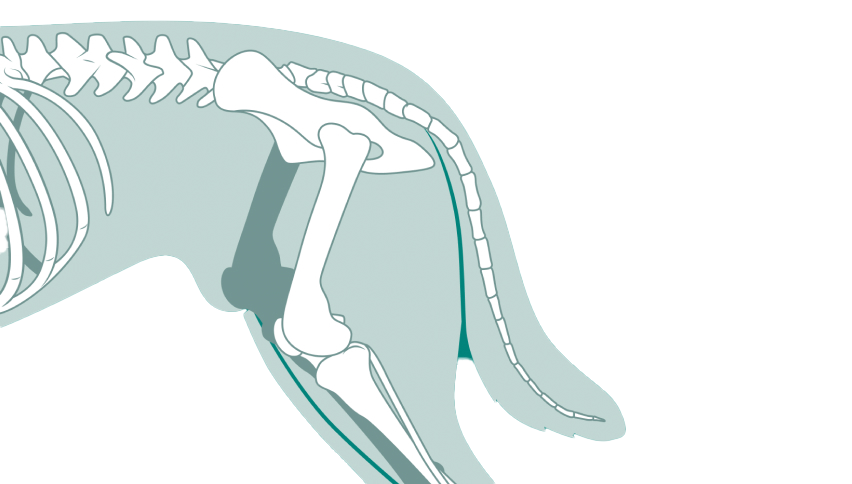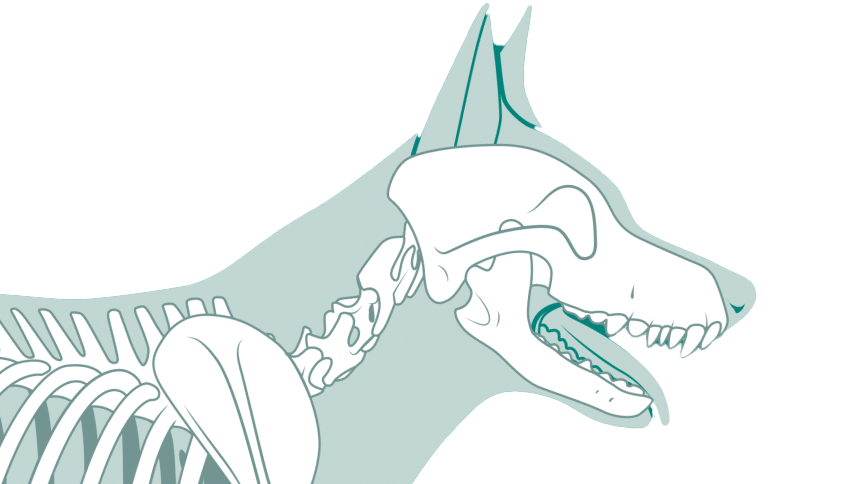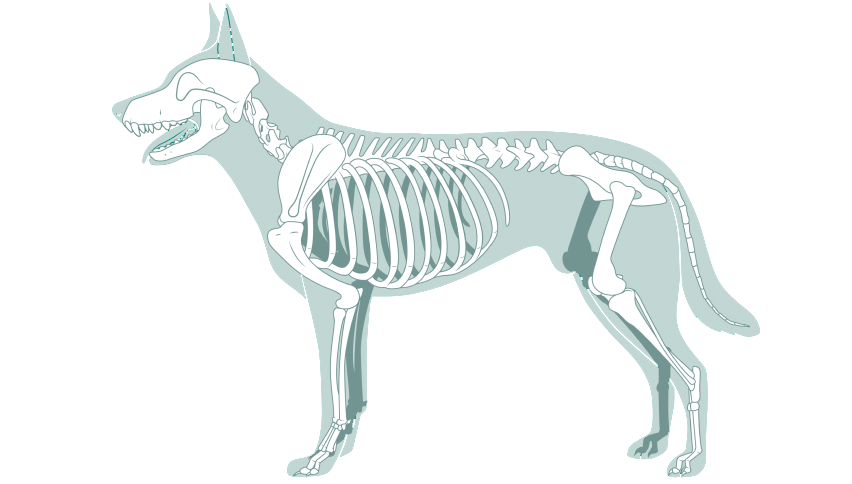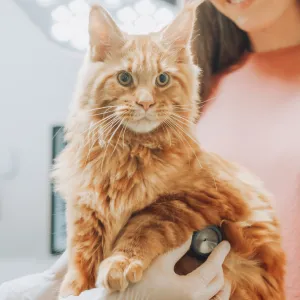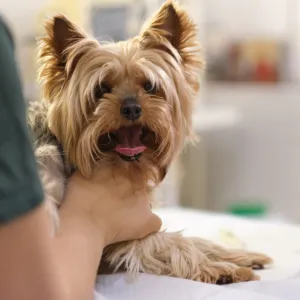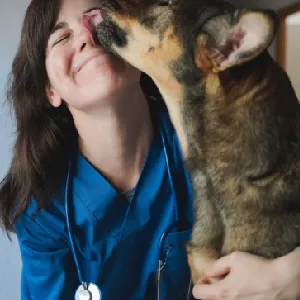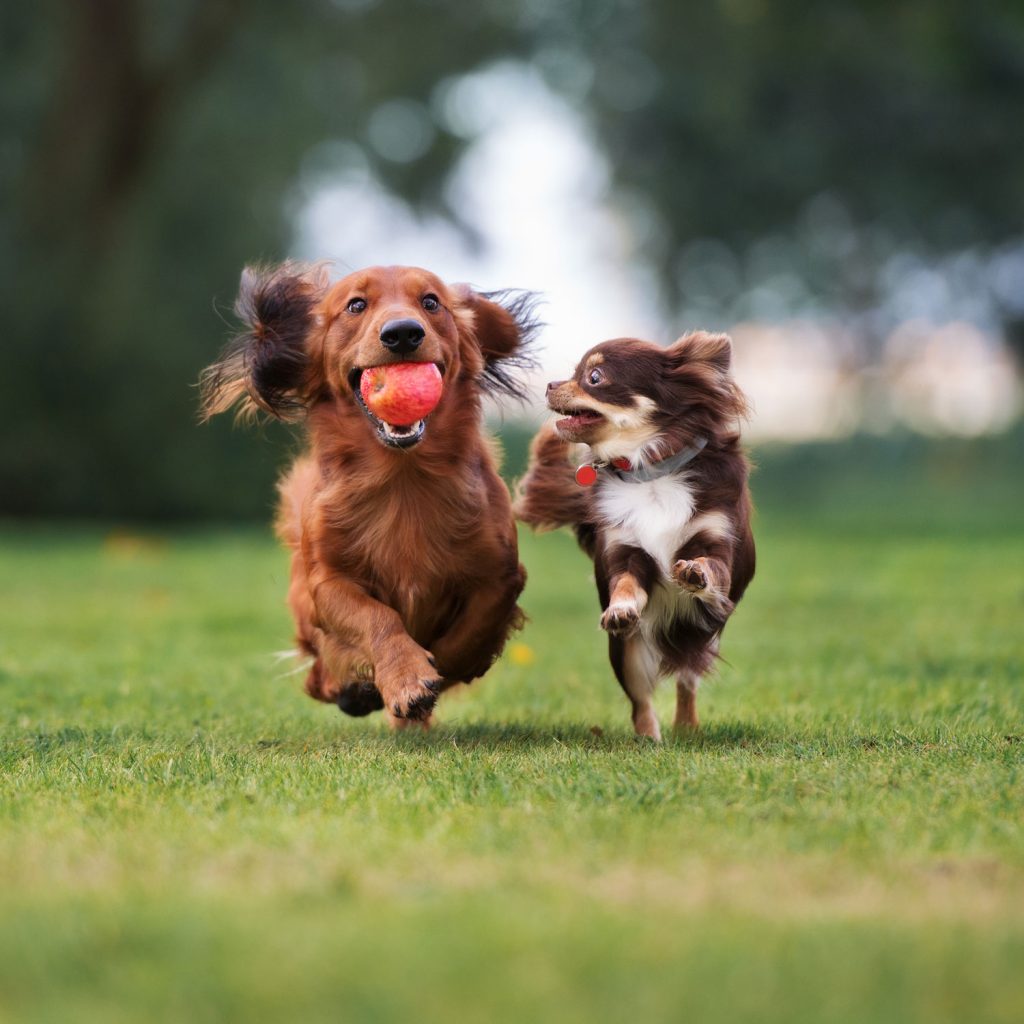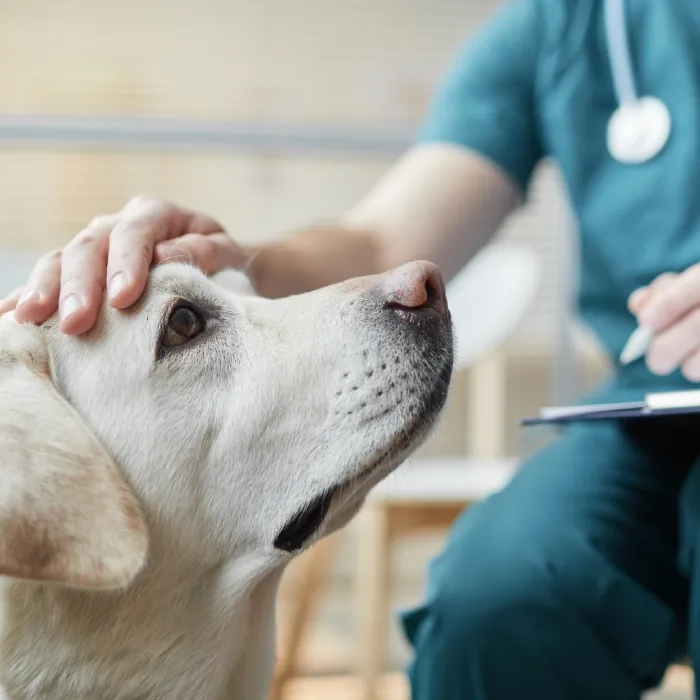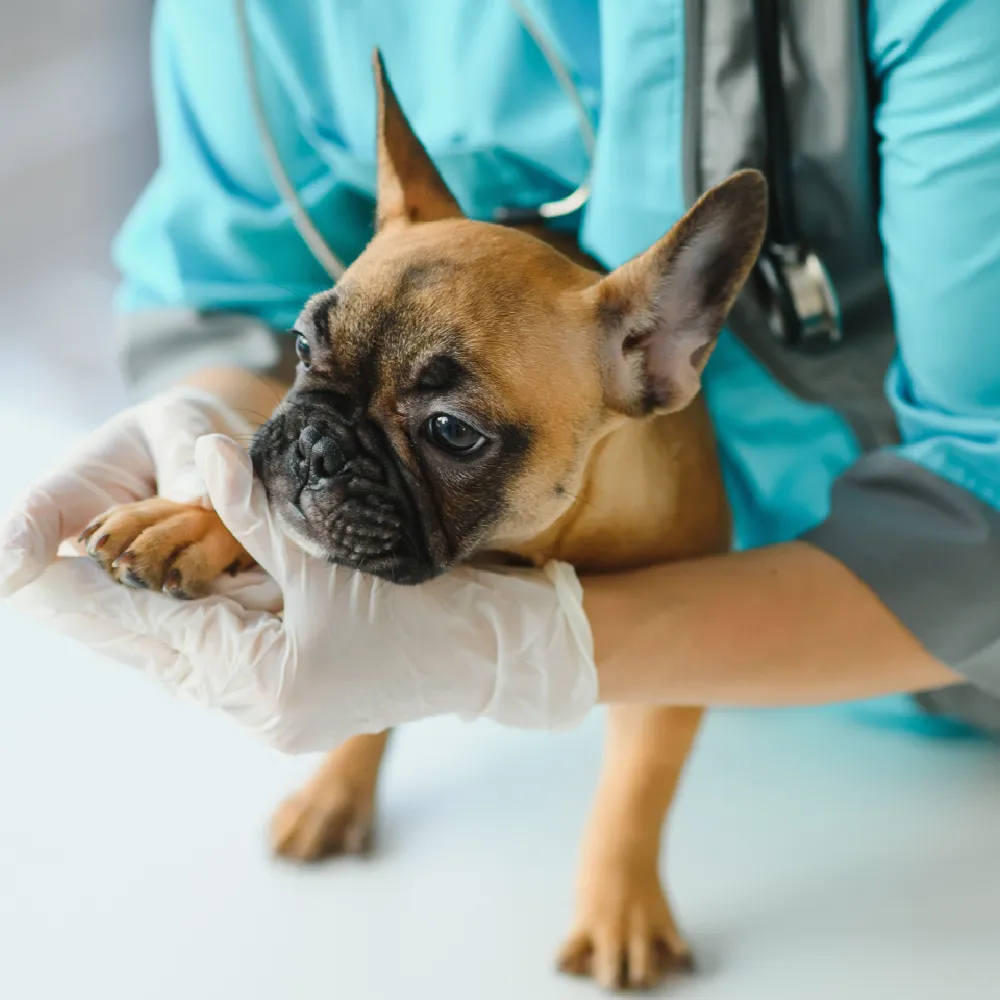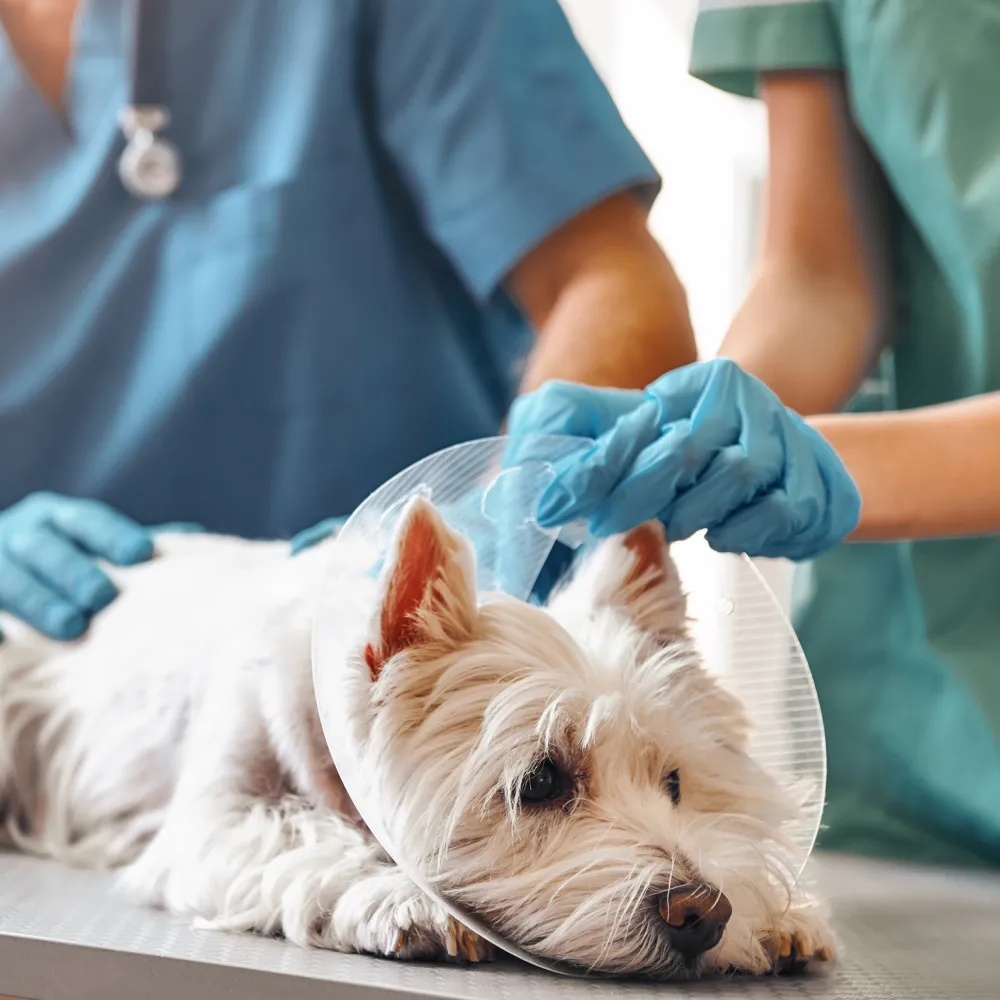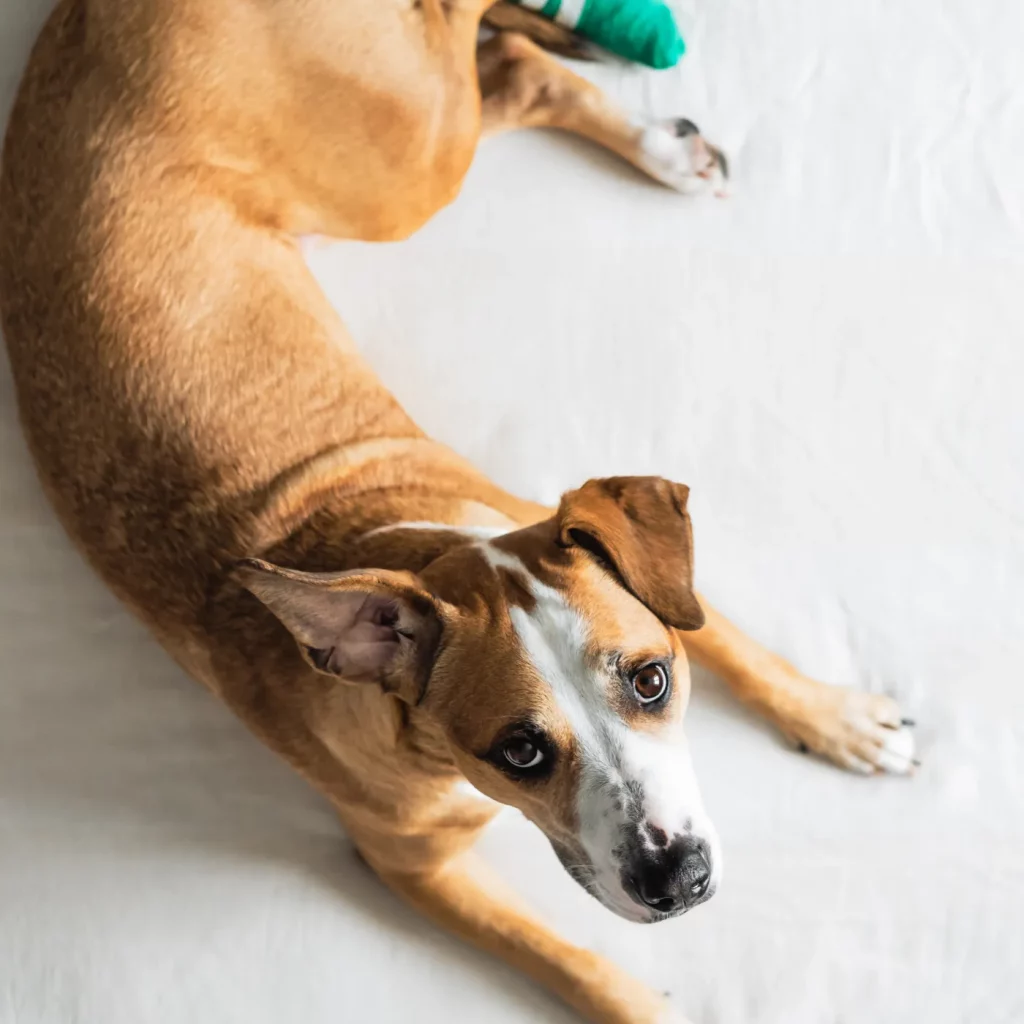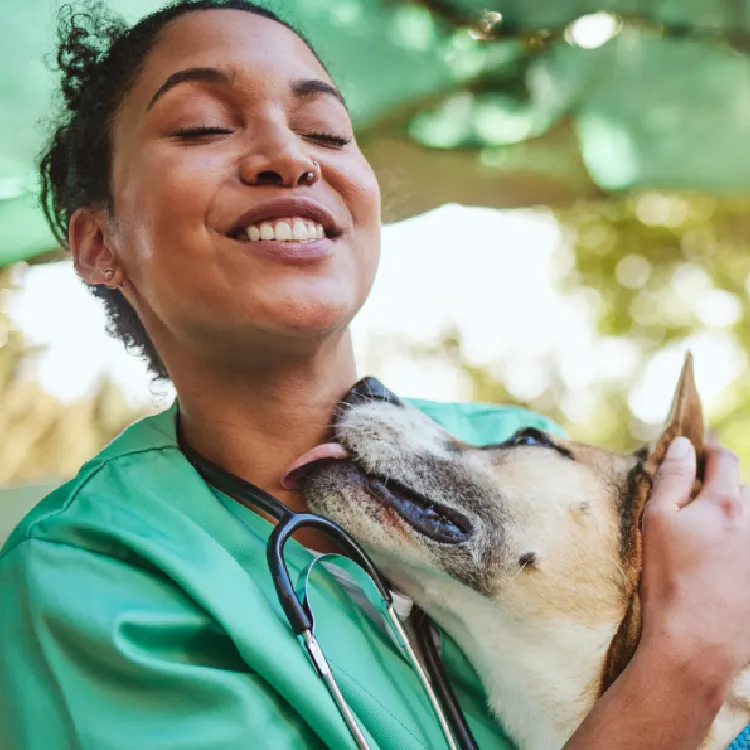Atlantoaxial subluxation is a serious condition that primarily affects small-breed dogs, often resulting from congenital abnormalities or trauma. The misalignment of the atlas and axis vertebrae compresses the spinal cord, leading to symptoms ranging from pain to complete paralysis.
Surgical repair involves stabilizing these vertebrae to prevent further damage. After imaging diagnostics like MRI or CT confirm the condition, the surgeon places implants, such as pins, screws, or plates, to secure the vertebrae. In some cases, a bone graft may be added to enhance stability. This intricate procedure requires precision to ensure spinal cord protection.
Surgical repair involves stabilizing these vertebrae to prevent further damage. After imaging diagnostics like MRI or CT confirm the condition, the surgeon places implants, such as pins, screws, or plates, to secure the vertebrae. In some cases, a bone graft may be added to enhance stability. This intricate procedure requires precision to ensure spinal cord protection.
Surgery is recommended for pets with severe symptoms such as pain, neurological deficits, or progressive weakness. Ideal candidates are those in good overall health, without concurrent conditions that could complicate anesthesia or recovery.
Diagnosis involves advanced imaging and a thorough neurological exam. Pre-surgical evaluations, including blood work, assess fitness for surgery. Post-operative care includes strict activity restriction and physical therapy to regain strength and coordination. Follow-up visits ensure proper healing and monitor for complications.
With timely surgery and proper rehabilitation, pets often regain mobility and experience significant pain relief, with a low risk of recurring instability.
Our areas of expertise
Transforming the way orthopedic care is delivered
For Vets
Refer your patients to our specialists using our streamlined online portal.
Referral portalFor Pets
Request a consultation or prepare for surgery with us and experience expert compassionate care every step of the way.
Request a consultation